Height 30 cm diameter 14 cm The oinochoes are covered with scenes from Homer's Iliad, a story of the Trojan War, centered around the hero Achilles. Inseparable, dialoguing with each other, alternating episodes, they tell the fight between Hector, eldest son of Priam, king of Troy, and Achilles, hero son of a mortal, Peleus, and a divinity, Thetis, the most valiant of the Achaeans, the Greeks who came to seek the beautiful Helen. The first one illustrates the episode that will trigger Achilles' anger: Patroclus, his companion in arms, has been killed by Hector. Patroclus' naked corpse has been brought back to the camp of the Grees who surround him and mourn him. On the reverse, the conclusion of this confrontation unfolds: Hector has been killed, his father and a group of Trojans, recognizable by their oriental outfits, long-sleeved tunics and Phrygian caps, come to claim the body. Hector's naked corpse is placed on a scale, topped with a theatrical satyr mask, as a counterweight to a large amphora. The scene is inspired by the tragedy The Phrygicns by Aeschylus, an Athenian poet of the 5th century BC, who tells that Priam had to pay the weight of the dead man in gold. The second vase is dedicated to the death of the two champions: Hector, killed by Achilles with the help of the goddess Athena, is dragged behind the chariot of his conqueror. From the walls of Troy, Priam and Hecuba witness the death and humiliation of their son. The scene follows Homer's story in Book XXII of The Iliad (c. 395-409). On the reverse, Achilles, hit in the heel, his only weak point, falls to the ground. In The Iliad, his death is predicted by the dying Hector, but it is in another epic now lost, the Etbiopidus, that his end is described. On the necks are depicted two episodes announcing the fall of Troy, illustrating the cunning and strength of the Greeks, in the person of Ulysses, king of Ithaca, and Diomedes, king of Argos. When the cenochoes are in profile, only one character is visible, raising questions. In the first, Diomedes seizes the Palladion, the sacred statue of Athena that made the city of Troy invincible, helped by Ulysses. In the second, the Trojan spy Dolon, dressed in a wolf's skin, meets Ulysses. Forced to deliver the provisions of the Trojan army, he will then be decapitated by Diomedes. Recognizing and commenting on these images, which respond to and intertwine, allowed the guests to demonstrate their erudition and show their knowledge of Greek literature, the foundation of the culture of the Roman elites. As for the craftsman who created them, it is likely that he was inspired by cartoons that circulated in the workshops. The site of Begram, in Afghanistan, for example, has yielded plaster models, including a medallion showing the theft of the Palladium by Diomedes and Ulysses, a motif that is also found on engraved stones, including one signed by the engraver Felix, active in Rome around 40-20 BC. The same themes appear in the fresco decoration of Pompeian houses, where mythological and Homeric scenes were fashionable. These frescoes themselves reflect the great Greek painting, which has now disappeared. Discovered in a temple dedicated to Mercury, they bear on their shoulders an inscription in Latin MERCVRIO AVGVSTO Q DOMITIVS TVTVS EX VOTO Transcription: MERCURIO AUGUSTO QUINTUS DOMITIUS TUTUS EX VOTO Translation: To August Mercury, Quintus Domitius Tutus (made this gift) following a vow a rare and exceptional pair for a collection around antiquity as studied as it is spectacular.





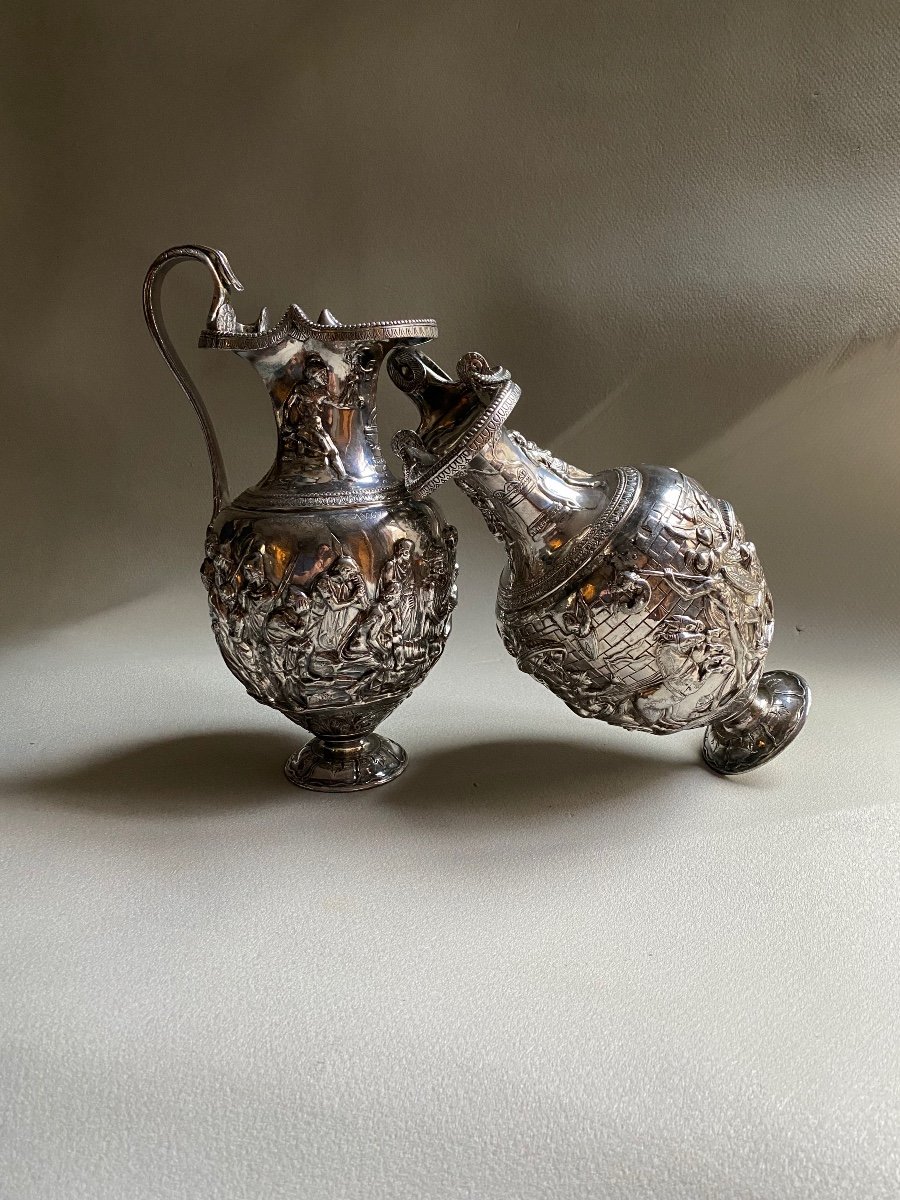


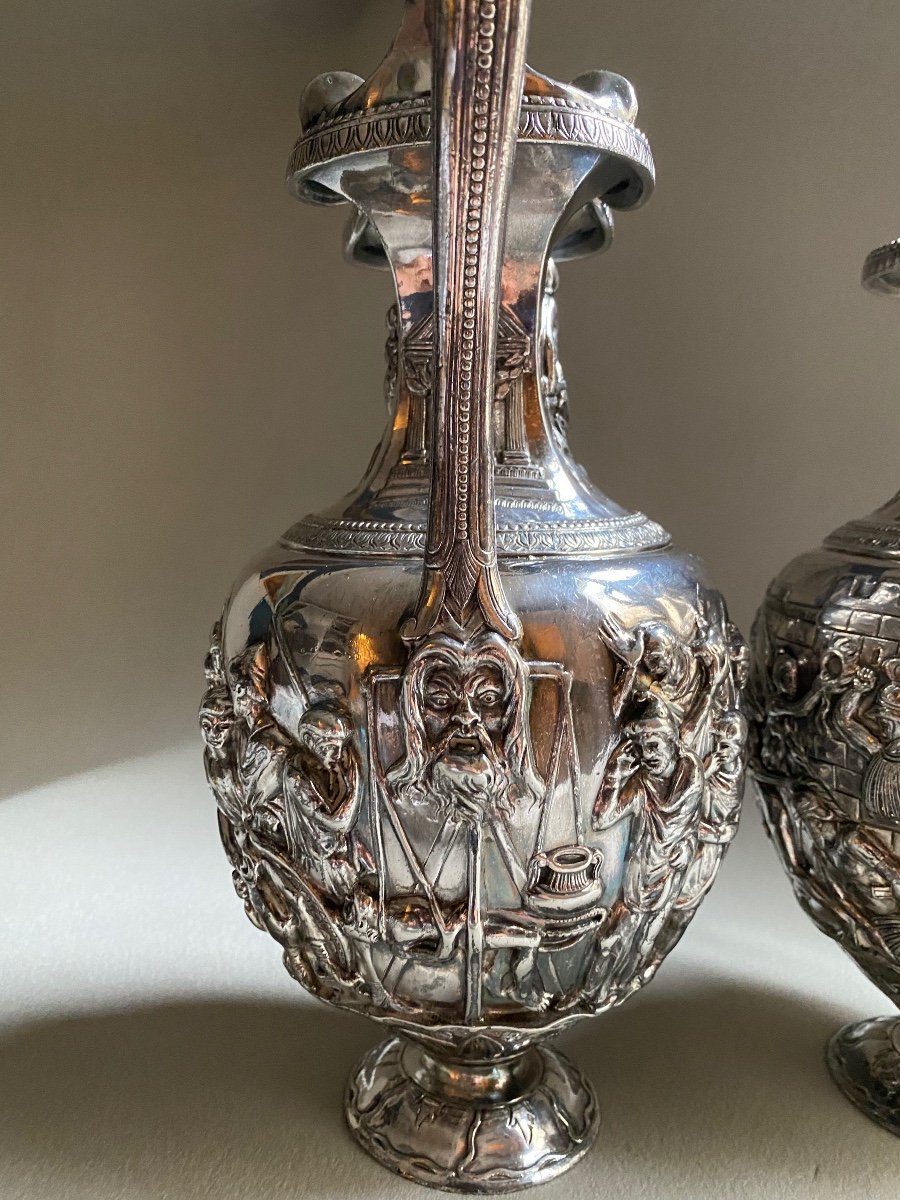


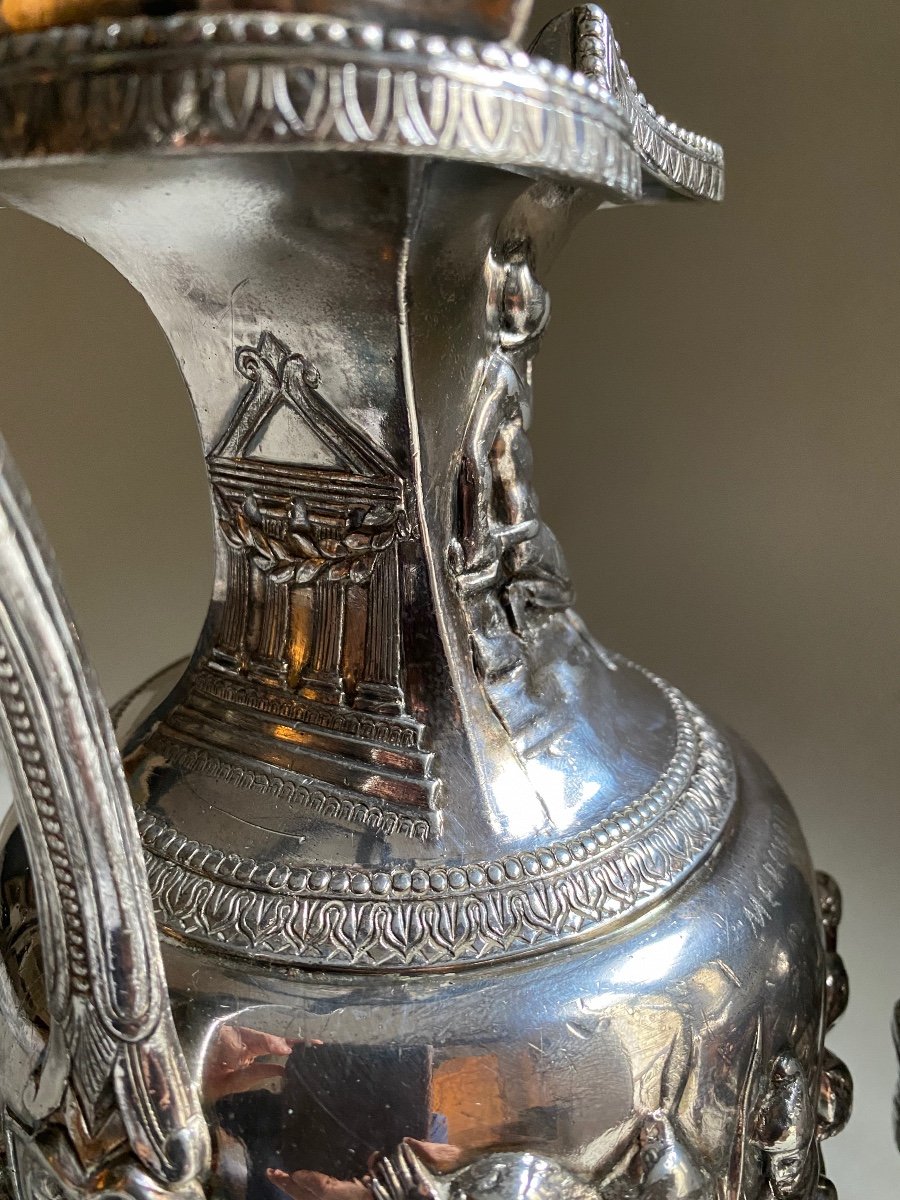















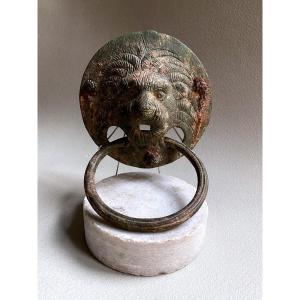
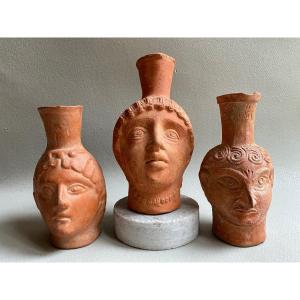











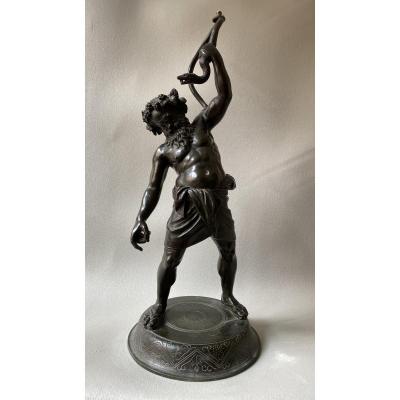

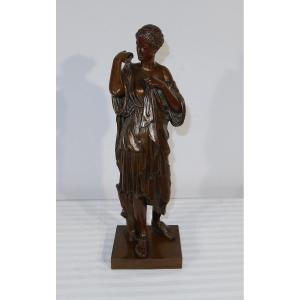

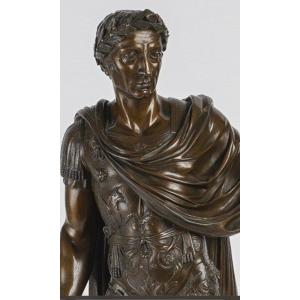
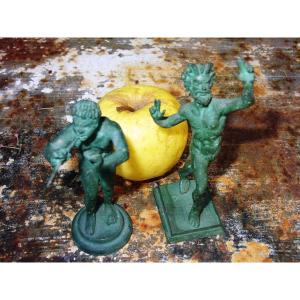




 Le Magazine de PROANTIC
Le Magazine de PROANTIC TRÉSORS Magazine
TRÉSORS Magazine Rivista Artiquariato
Rivista Artiquariato